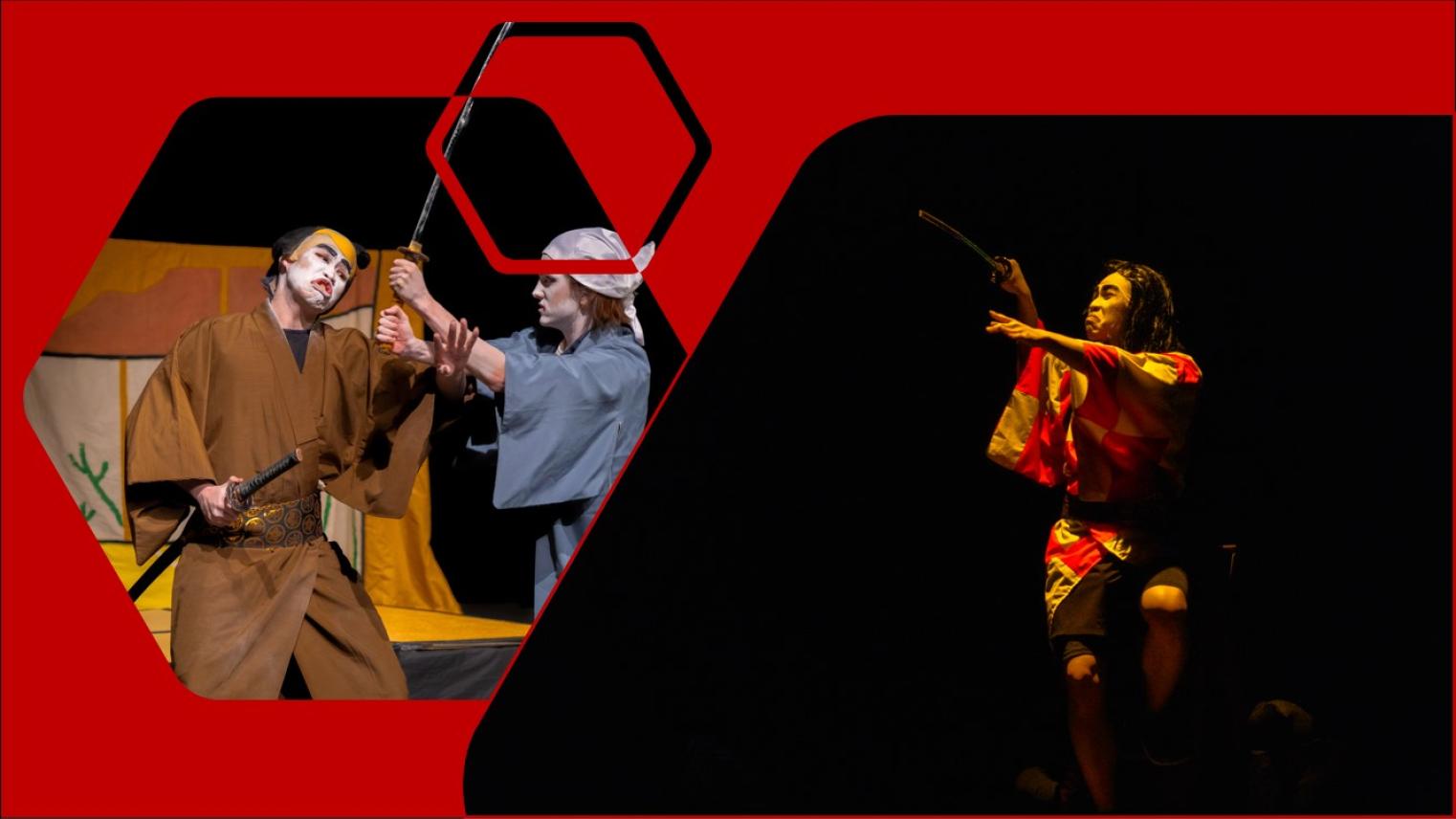The Stage of a Thousand Faces

When the curtain rises on a Kabuki performance, time seems to pause. The actors step forward in dazzling costumes, their faces painted in bold strokes of white, red, and black, every movement charged with meaning. A flick of the wrist, a thunderous stomp, a lingering glance—each gesture is part of a centuries-old language that transforms the stage into a living canvas.
Kabuki was born in early 17th-century Japan, emerging from the bustling entertainment districts of Kyoto and Edo (modern Tokyo). It was a theatre of the people, filled with music, spectacle, and stories drawn from both history and everyday life. Over the centuries, Kabuki evolved into one of Japan’s most iconic art forms, recognised today by UNESCO as part of the world’s intangible cultural heritage.
What makes Kabuki extraordinary is its fusion of art forms. Dance, drama, and music intertwine seamlessly: shamisen strings underscore tense exchanges; actors deliver lines in a style that is both heightened and musical; dancers move with a precision that mirrors the rhythms of nature and human emotion. The staging itself is a marvel—rotating platforms, trapdoors, and walkways draw the audience into the story, dissolving the boundaries between stage and spectator.
Though rooted in Japan, Kabuki has long resonated across the Asia-Pacific. Its stylised movements echo the performative traditions of Chinese opera and Balinese theatre, while its emphasis on visual storytelling continues to inspire contemporary theatre and cinema globally. In recent decades, Kabuki troupes have toured internationally, carrying the vibrant energy of Japan’s Edo-period streets to audiences around the world.
At its heart, Kabuki is about transformation. A single performance might shift from heart-wrenching tragedy to riotous comedy, from delicate dance to thunderous battle. It is theatre that embraces the full range of human experience—magnified, stylised, and unforgettable.
To watch Kabuki is not just to see a play, but to witness a tradition that bridges past and present, local and universal. In its masks, movements, and music, Kabuki reminds us that performance is more than entertainment: it is a mirror of culture, a keeper of history, and a celebration of the endless creativity of the human spirit.
Do not miss watching the ANU ZA Kabuki Group in action, at their open rehearsal for 2025 Immersia.
Register Now!